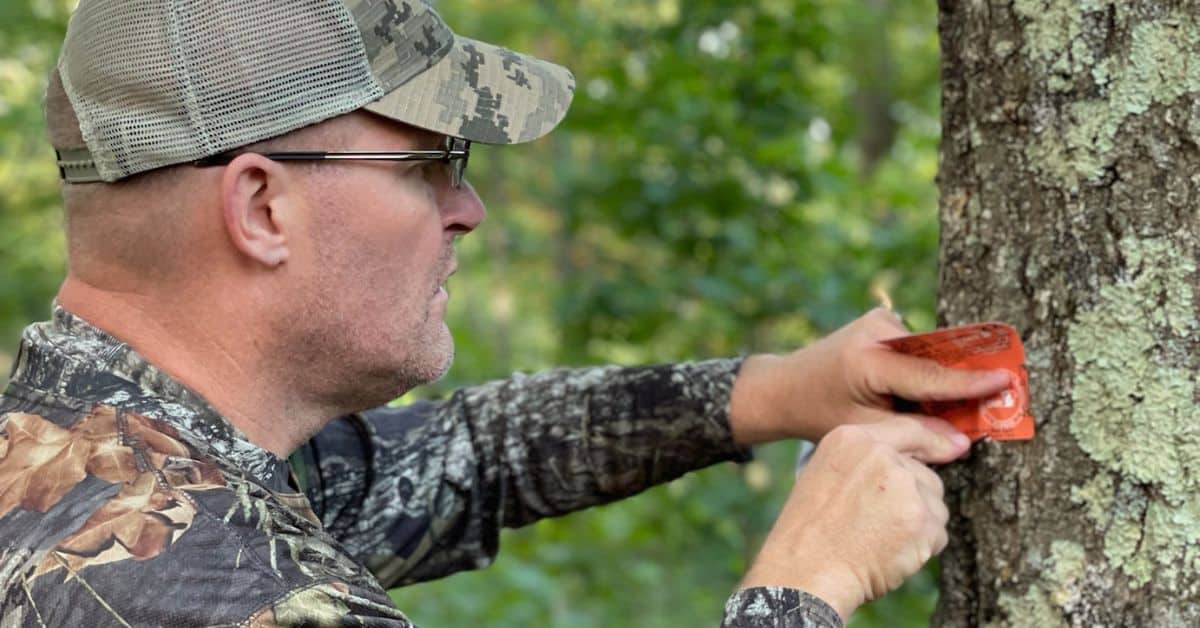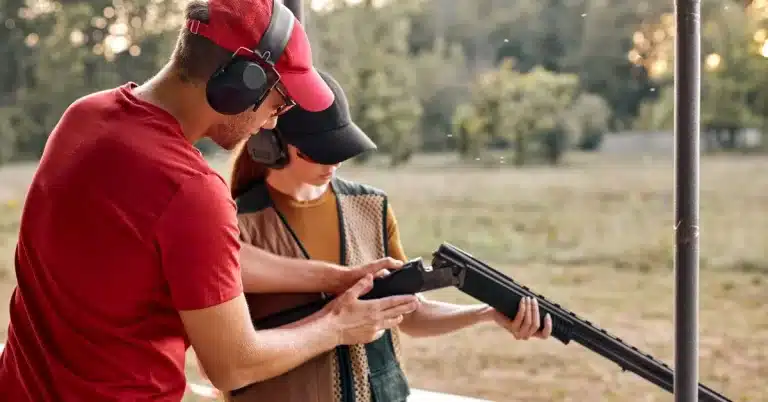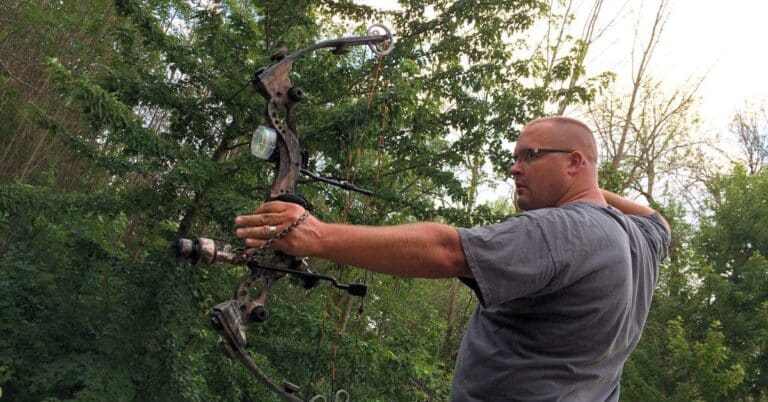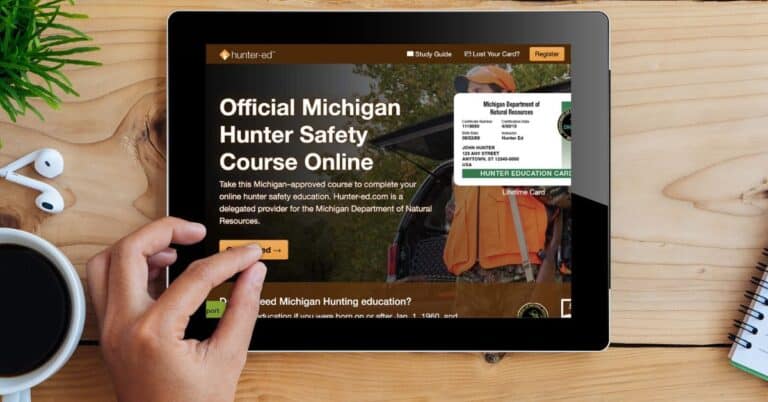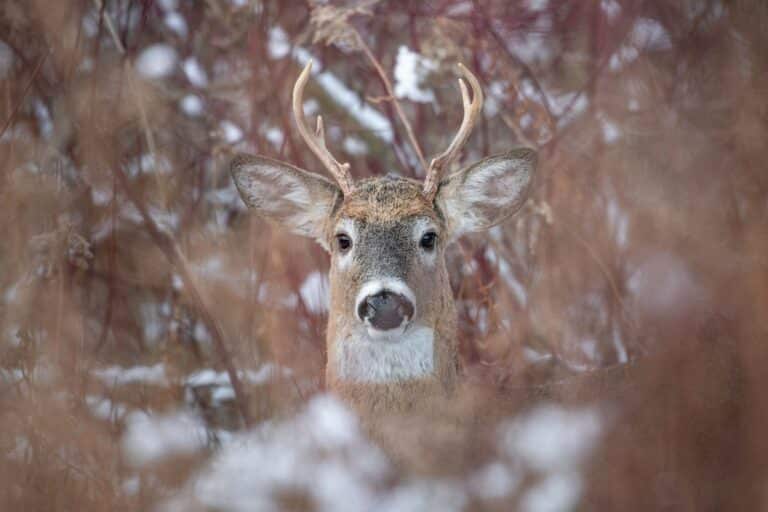How to Tag a Deer in Michigan
A Beginner’s Guide to Properly Mark Your Hunt
Picture this: you’re out in the Michigan woods, rifle in hand, and you’ve just bagged a prized white-tailed deer. Now what? It’s time to tag a deer. This guide, inspired by a curious Redditor, walks you through the step-by-step process of tagging a deer in Michigan. Whether you’re a seasoned hunter or a novice, understanding the tagging requirements is crucial. So, let’s dive into the world of marking your successful hunt.
Understanding Michigan’s Deer Tagging Basics
Michigan’s deer tagging process may vary from other states, but we’ll focus on Michigan, which is where I hunt the most. To begin, you need a hunting license specific to the game you’re pursuing. For white-tailed deer, this means acquiring the right license. Unlike fishing licenses, which merely signify your legality to catch fish, deer hunting requires a bit more paperwork.
Q: Why do hunters need different tags for bucks?
A: The aim is to ensure a balance in deer population by encouraging hunters to target older bucks and allow younger ones to grow.
Now, let’s delve into the specifics of Michigan’s tagging system.
Navigating Michigan’s Deer Tagging System
In Michigan, hunters can opt for a single buck tag or a combo tag, offering the chance to harvest two bucks. However, the second buck must have at least four points on one side to use the restricted tag. This ensures responsible hunting and contributes to the overall conservation effort.
Q: What’s the purpose behind restricting the tagging of younger bucks?
A: By limiting the harvest of younger bucks, hunters contribute to the growth of the deer population and target more mature specimens.
Tagging Your Deer: A Hands-On Guide
Once you’ve successfully taken down a deer, the tagging process begins. Michigan’s tagging system requires you to notch out specific details on the tag provided with your hunting license. This includes the month, day, and sex of the deer, as well as the number of points on each side. In addition the the physical tagging of a deer, the Michigan DNR requires that all successful hunters report their harvest on their website within 72 hours or before transferring possession of the deer (to another person, processor, or taxidermist). Hunters must continue to attach a paper kill tag to a harvested deer.
Q: How do you physically attach the tag to the deer?
A: Use a zip tie to secure the tag to the deer. Lay the zip tie flat, fold the tag around it, and fasten it around an antler or through the leg. If you do not have a zip tie to secure a tag, a simple boot lace can be used to affix the tag to the harvested deer. Always have a resource to attach a tag to a harvested animal.
Meat Processors and DNR Audits
Taking your tagged deer to a meat processor? These professionals play a crucial role in the tagging process. The DNR (Department of Natural Resources) may audit meat processors to ensure compliance with hunting regulations. Processors log the license information associated with each deer, providing a record for potential audits.
Q: Can meat processors be audited at any time?
A: Yes, meat processors are subject to random audits throughout the hunting season to maintain compliance.
Avoiding Legal Hassles: Keep Your License Handy
Imagine being out in the field without your hunting license – a risky move. Just like your driver’s license, your hunting license must be on your person while hunting. DNR officers may perform license checks, and failure to produce a valid license could result in fines.
Q: Can you leave your license in the car?
A: No, always carry your hunting license with you while in the field to avoid potential legal issues.
A Close Call with the DNR
Ever been in a situation where the DNR surprised you? I encountered the DNR officers in the Upper Peninsula of Michigan during a black bear hunt. Being unaware of their presence, I learned the importance of compliance with hunting regulations, especially during unexpected encounters. It’s important to stay up-to-date on deer harvesting reporting.
Q: Have you ever faced a situation like this?
A: Thankfully, I haven’t been caught without a license or tag, but the experience taught me to stay vigilant.
We hope this helps you tag a deer!
Tagging a deer in Michigan involves a simple yet crucial process. From acquiring the right license to properly securing the tag, each step contributes to responsible hunting and conservation. So, the next time you find yourself in the Michigan woods with a successful hunt, follow these steps to ensure a smooth tagging experience.
If you need help with learning how to gut a deer, read this post next.

